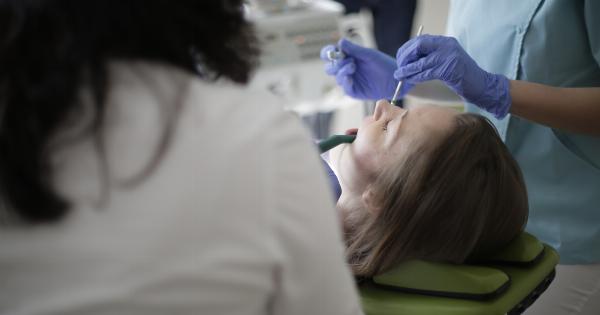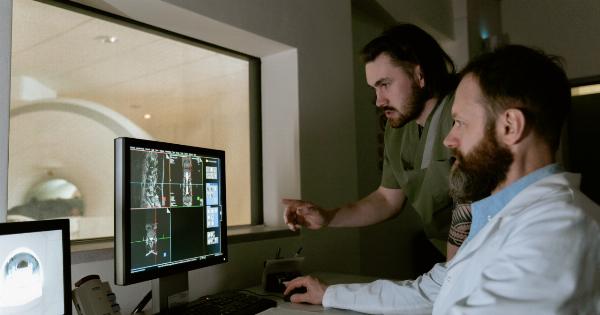In a remarkable incident, a child was saved from drowning by a quick-thinking medical team after experiencing a severe allergic reaction to a nut.
This incident highlights the importance of nut allergy awareness and the need for prompt medical intervention in such emergencies.
The Danger of Nut Allergies
Nut allergies are among the most common and potentially life-threatening allergies, especially in children.
These allergies can cause severe reactions called anaphylaxis, which can lead to difficulty breathing, a drop in blood pressure, loss of consciousness, and even death if not treated immediately. The child involved in this incident, like many others, had a known nut allergy, making them more susceptible to such reactions.
The Incident: A Race against Time
On a sunny afternoon, a child, whose identity is being kept confidential for privacy reasons, visited a local park with their family. While enjoying some snacks, the child accidentally consumed a cookie containing traces of nuts.
Within minutes, the child started experiencing an extreme allergic reaction.
Witnessing their child’s distress, the parents quickly alerted the nearby medical team stationed at the park. The highly trained medical professionals sprang into action, recognizing the urgency of the situation.
Time was of the essence, and they swiftly administered an epinephrine auto-injector to the child – a life-saving measure for managing an acute allergic reaction.
The child’s condition stabilized momentarily, thanks to the prompt intervention of the medical team. However, it became apparent that further medical attention was required.
The team decided to rush the child to the nearest hospital for further evaluation and treatment.
Heroic Actions of the Medical Team
The medical team’s response to this emergency exemplifies their dedication and skills. Their quick assessment and appropriate administration of the epinephrine auto-injector played a crucial role in stabilizing the child’s condition.
By recognizing the signs of anaphylaxis and acting promptly, the medical team undoubtedly saved the child’s life.
Moreover, the medical team’s decision to transfer the child to the hospital was a precautionary measure to ensure comprehensive medical care.
This decision demonstrated their commitment to providing the highest standard of care and prioritizing the child’s well-being.
Preventing Similar Incidents: Nut Allergy Awareness
This incident sheds light on the importance of increasing nut allergy awareness among the general public, especially parents, teachers, and caregivers.
By understanding the signs and symptoms of anaphylaxis, individuals can respond quickly and appropriately in emergency situations.
Parents should educate their children about the dangers of nut allergies and empower them to advocate for their own health.
Schools and childcare centers must implement strict policies regarding nut products to protect children with allergies from accidental exposure.
Restaurants, food industries, and food labeling authorities also play a vital role in preventing allergic reactions.
By accurately labeling products containing nuts and providing clear allergen information, they can help individuals with nut allergies make informed choices and avoid life-threatening emergencies.
Conclusion
The remarkable rescue of this child from drowning, caused by a severe allergic reaction to a nut, emphasizes the need for greater nut allergy awareness and preparedness.
Thanks to the quick response and expertise of the medical team involved, a tragedy was averted, and a young life was saved.
By spreading awareness about nut allergies, understanding the signs of anaphylaxis, and taking appropriate measures to prevent exposure, we can collectively work towards a safer environment for individuals with allergies.
Let this incident serve as a reminder of the importance of quick action, education, and compassionate care in protecting our loved ones with nut allergies from potential dangers.
























